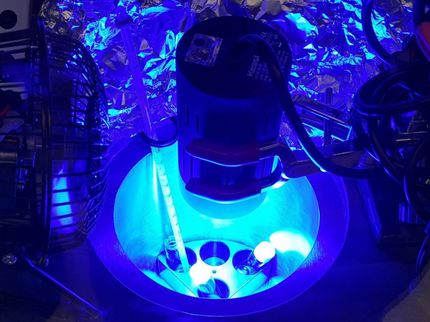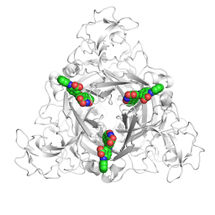Strychnine in six steps
Advertisement
Strychnine can now be synthesised in just six steps, say US scientists. Christopher Vanderwal and his team from the University of California, Irvine created four new carbon–carbon bonds and a carbon–oxygen bond in four steps on the way to making strychnine.
‘Until recently, the fastest synthesis was completed by Viresh Rawal [from The Ohio State University, US] in 14 steps,’ says David MacMillan, an expert in organocatalysis from Princeton University in the US.
Defining the shortest route to complex, useful molecules is an important step in uncovering the most efficient way to produce these targets, says Vanderwal. ‘While the overall efficiency of our route isn’t any better than previous routes, the number of chemical operations needed is less than any predecessor,’ he says.
The team began with a century-old pyridinium ring opening reaction called the Zincke reaction – named after German chemist Theodor Zincke – in which a pyridine is transformed into a pyridinium salt by reaction with 2,4-dinitrochlorobenzene and a primary amine. This led to the formation of donor–acceptor dienes known as Zincke aldehydes. The next steps involved an intramolecular Diels–Alder reaction, a ruthenium catalysed hydrosilylation and a rearrangement–intramolecular conjugate addition leading to an aldehyde that was then converted to strychnine.


















































